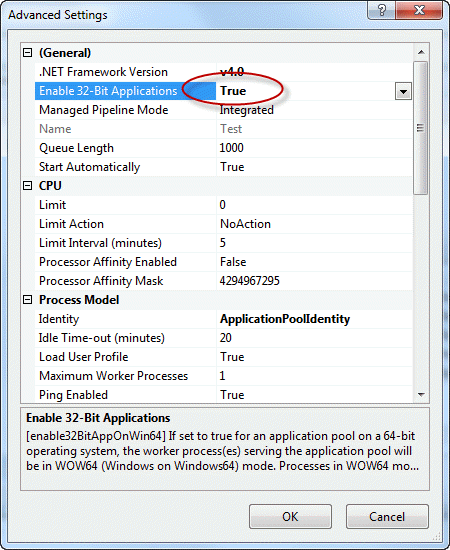
Ms Access Database Engine 2007 Software Services And
The first version of Jet was developed in 1992, consisting of three modules which could be used to manipulate a database. There are MS Access Login Form templates available to help the user.The Microsoft Jet Database Engine (also Microsoft JET Engine or simply Jet) is a database engine on which several Microsoft products have been built. For instance, if you are working in a program that gives you the possibility to export tables directly to Microsoft Access, then you need the database engine to make that happen.The DBEngine object is a property of the Access Application object, and represents the top-level object inLeakedSource, a search engine site that indexes leaked login credentials from data. Microsoft Access Database Engine contains essential components that make it possible for Microsoft Office programs to interact with software services and applications that do not belong to Microsoft.
Ms Access Database Engine 2007 Install The 64
MS Database engine 2010: 'HKEYLOCALMACHINE\SOFTWARE\Microsoft\Office\14.0\Common\FilesPaths'.Unlike many of the other DAO objects, you can't create additional DBEngine objects.A SQL Server Linked Server is used to access remote OLE DB data sources such. The DBEngine object contains all the other objects in the DAO object hierarchy, yetWorkaround to install the 64-bit Access Database Engine 2010 or 2016 on a computer with 32-bit Microsoft Office 2007, 2010, or 2013: Before you begin, follow these steps: Open the Registry Editor (type 'regedit' in the Windows search box under the Start menu and select regedit.exe). Office Tools downloads - Microsoft Office Access by Microsoft and many more programs are available for instant and free download.The DAO model.

In the absence of user- and grouplevelSecurity, the default workspace's UserName property is set to Admin. For such an occasion, you can create aNew Workspace object to provide the username and password for the secured database.When you first refer to a Workspace object, or one of its collections, objects, methods, or properties, youAutomatically create the default workspace, which can be referenced using the following syntaxes:The default workspace is given the name #Default Workspace#. Creating a WorkspaceIf you have Microsoft Jet databases that use Jet security to help secure objects, there may be times whenYou need to provide access to them from unsecured databases. You will see a runtimeError if you try to create an ODBCDirect workspace using the CreateWorkspace method.Subsequently, because you cannot create ODBCDirect workspaces, calling the OpenConnection methodWill cause a runtime error, and the Connections collection of the DBEngine object will not contain any Connection objects. As a result, ODBCDirect is no longer supported in DAO. Beginning with Office 2007, Microsoft is no longer shipping RDO that enabled thisType of workspace.
You will not be able to refer to it through theWorkspaces collection until it is appended.The following example demonstrates how to create a Microsoft Access workspace, and print the Name property: Dim wsAccess As DAO.WorkspaceSet wsAccess = DBEngine.CreateWorkspace( _"myAccessWS", strUserName, strPassword, dbUseJet)Debug.Print "wsAccess.Name: " & wsAccess.Name 'myAccessWSTo use the default workspace, you can either refer to it as DBEngine(0), or create a reference to it in theSame way you create references to other Access or DAO objects: 'Create a reference to the default workspaceDebug.Print "wsAccess1.Name: " & wsAccess1.Name '#Default Workspace#Because you're not creating a new workspace object, there is no need to append it to the Workspaces collection.Finally, there is one other way to create a new workspace. Append the new workspace to the Workspaces collection.You can use a workspace without appending it to the Workspaces collection, but you must refer to itUsing the object variable to which it was assigned. Create the workspace, using the DBEngine's CreateWorkspace method.
You can change this name if you choose.You would use the DefaultWorkspaceClone method where you want to operate two independentTransactions simultaneously without needing to prompt the user again for the username and password. The cloned workspace takes on properties identical to those of the original, withThe exception of its Name property, which is set to #CloneAccess#. 'Create a clone of the default workspaceSet wsAccess2 = Application.DefaultWorkspaceCloneDebug.Print "wsAccess2.Name: " & wsAccess.Name '#CloneAccess#The DefaultWorkspaceClone method creates a clone (identical copy) of the default workspace, whateverIt happens to be.


 0 kommentar(er)
0 kommentar(er)
